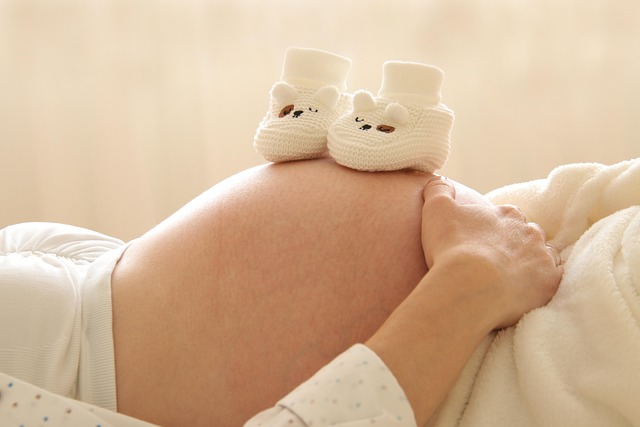If you’re on a quest to understand potential infertility issues, you’ve landed in the right spot! Let’s talk about laparoscopy, a procedure that many women find helpful when exploring their reproductive health.
What’s Laparoscopy All About?
Laparoscopy is a minimally invasive surgical technique that allows your doctor to take a closer look at the reproductive organs. It’s a bit like sending in a camera crew to check out the situation without going for a full renovation.
Why Choose Laparoscopy?
This procedure has become a popular choice among intended parents for several reasons:
- Less Pain: Compared to open surgery, patients often experience less discomfort and swelling.
- Quick Recovery: Most people bounce back faster, which is always a plus.
- Small Incisions: Fewer and smaller cuts mean quicker healing.
- Lower Risk of Infection: With less invasive techniques, the chance of complications decreases.
When is Laparoscopy Recommended?
Your doctor might suggest laparoscopy if traditional methods like ultrasounds or MRIs don’t give enough information. Here’s when it might come into play:
- To diagnose and treat conditions like chronic pelvic pain, endometriosis, or Pelvic Inflammatory Disease (PID).
- For removing ovarian cysts, uterine polyps, or dealing with ectopic pregnancies.
- Addressing disorders like incontinence or pelvic organ prolapse.
If your physician thinks this is the right path, they’ll walk you through what to expect.
The Procedure in a Nutshell
Before the procedure, you’ll usually be under general anesthesia, so you won’t feel a thing. The doctor makes a tiny incision near your belly button and inserts a laparoscope—a nifty tool with a light and camera. This gives them a clear view of what’s happening inside.
Once everything is checked out, they’ll stitch up your incisions, and you’ll be on your way to recovery. Just a heads up: you might feel a bit tired and groggy afterward, but that should fade within a few hours. Remember to have a friend or family member ready to drive you home!
What to Expect Afterward
For the first few days, anticipate some:
- Fatigue
- Abdominal bloating
- Mild discomfort around the incision sites
- Shoulder pain (weird, but it happens!)
If you experience severe pain or a fever above 101 degrees, it’s important to reach out to your doctor immediately.
The Outcome
During laparoscopy, if your doctor takes a biopsy, a pathologist will analyze the tissue sample. Based on the results, your doctor will help you figure out the next steps. A study from 2013 revealed that surgical treatment followed by a prompt attempt at natural conception could be quite effective for those with endometriosis. Your laparoscopy can also help identify the root causes of female infertility so that you can embark on the right path toward starting a family.
And don’t worry; you’ll have a dedicated care coordinator who will ensure you feel at ease and ready for your procedure.
If you’re curious about how at-home fetal dopplers work, check out this blog post. Plus, if you want to explore options for home insemination, the folks at Make a Mom are a great resource. For information on pregnancy, visit WomensHealth.gov.
In summary, laparoscopy serves as a valuable tool in diagnosing and treating female infertility. With its minimally invasive nature, faster recovery times, and the ability to get clear answers about reproductive health, it can be a key step toward growing your family.

